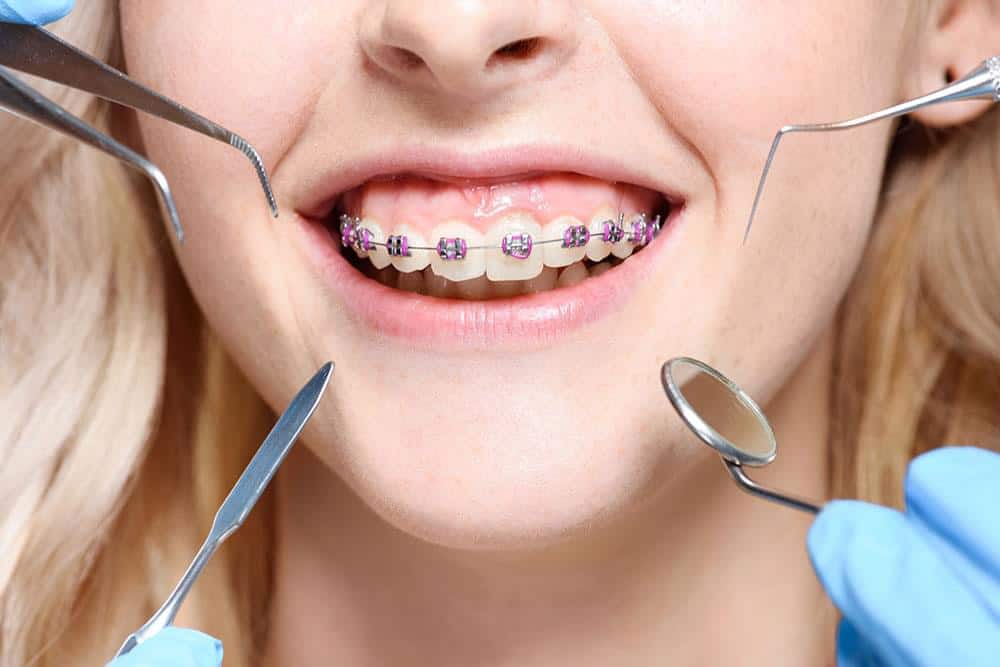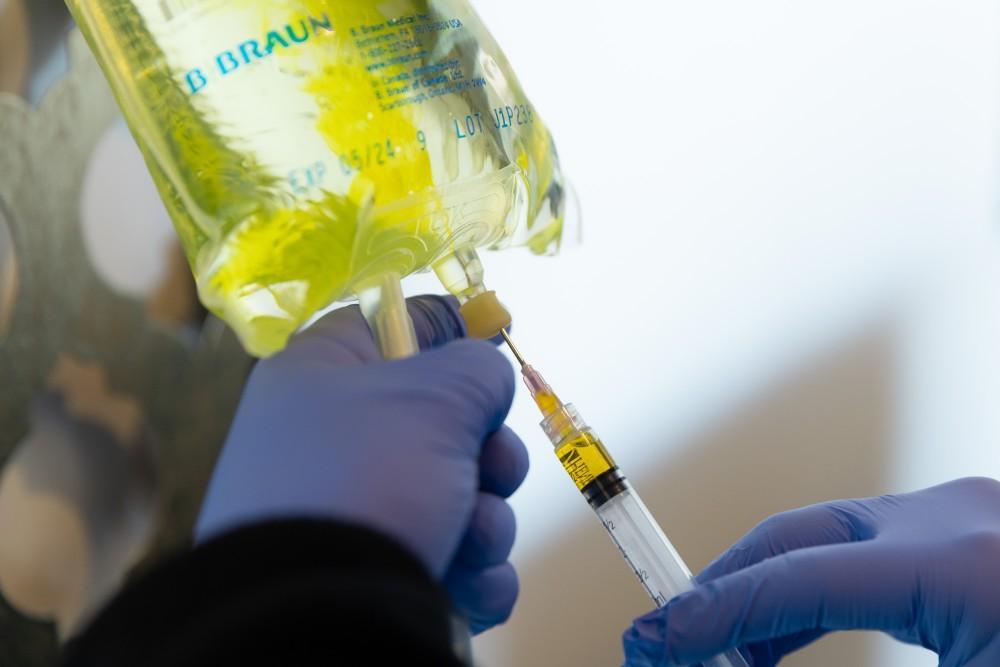In the field of dentistry, diagnostic imaging is essential for determining oral health and identifying a range of dental problems. Dental X-rays, which produce finely detailed images of the teeth, gums, and surrounding structures, are among the most widely used diagnostic techniques. Comprehensive dental treatment in Lincoln, as in many other areas, requires an awareness of the many dental X-ray types and their particular applications. This page provides a thorough overview of the several kinds of dental X-rays that dental practice in Lincoln, NE has to offer as well as their various uses.
- Bitewing X-Rays:
One of the most common types of dental X-rays is the bitewing X-ray. These photos, which show the biting surfaces of the upper and lower teeth, are especially helpful in identifying cavities between teeth, measuring bone density, and analyzing how well dental restorations like fillings and crowns fit. During normal dental checkups, Lincoln dentists frequently use bitewing X-rays to monitor oral health and identify early symptoms of decay.
- Coronary X-rays:
Periapical X-rays concentrate on specific teeth, capturing the complete tooth, including the surrounding bone structure, from crown to root. They play a crucial role in diagnosing conditions such as tooth structure abnormalities, abscesses, dental infections, and root fractures. Periapical X-rays are recommended by Lincoln dentists when evaluating particular dental issues, such as tooth pain, trauma, or anomalies found while routine examinations
- Panoramic X-Rays:
Panoramic X-rays provide a broad view of the entire mouth, including the teeth, jaws, temporomandibular joints (TMJ), and surrounding structures. These comprehensive images are valuable for assessing overall dental and skeletal health, identifying impacted teeth, evaluating the position of wisdom teeth, and planning orthodontic treatment or oral surgery.
- Occlusal X-Rays:
Occlusal X-rays capture a detailed image of the floor of the mouth and the palate. They are particularly useful for assessing the development of primary and permanent teeth in children, detecting abnormalities in tooth eruption, and identifying dental issues such as cysts, tumors, or foreign objects lodged in the oral cavity.
- Cone Beam Computed Tomography (CBCT):
A more sophisticated imaging technique that creates finely detailed three-dimensional images of the oral and maxillofacial region is Cone Beam Computed Tomography (CBCT). Unmatched in their ability to visualize bone and dental components, computed tomography (CBCT) scans are a crucial tool for intricate diagnosis and treatment planning.
Tooth X-rays are essential diagnostic and treatment planning tools in contemporary dentistry, helping to identify and track a wide range of tooth disorders. Dental practitioners in Lincoln use several X-ray forms according to patient demands and clinical indications. Comprehending the function and uses of every kind of dental X-ray enables patients to take an active role in their oral health care and guarantees thorough and efficient dental care for the community.







